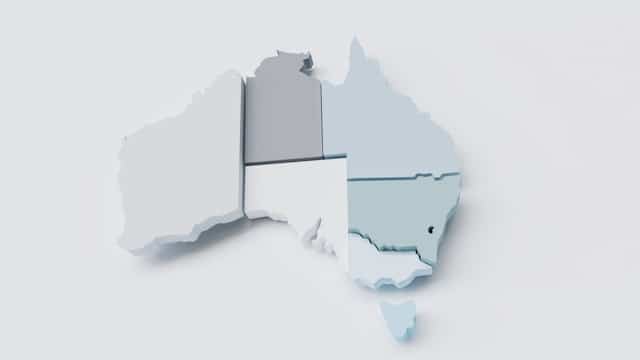Australia is a linguistically diverse country where English is the primary language, but more than 300 languages are spoken across the population. For immigrants, refugees, and travellers, gaining language skills can support integration, education, employment, and social inclusion.
This guide outlines available language support services in Australia, opportunities for Australians to learn new languages abroad, and helpful government-funded programs. Whether you’re a new arrival improving your English or an Australian learning Thai for travel, there are accessible resources to guide your learning journey.
Free English Language Classes for New Immigrants
English language proficiency is essential for navigating daily life in Australia—from enrolling in school to applying for jobs or accessing healthcare. To support new arrivals, the Australian Government provides free English language education through the Adult Migrant English Program (AMEP).
The AMEP offers up to 510 hours of free English classes for eligible visa holders, with additional hours available in some cases. Courses focus on everyday communication, workplace language, and functional literacy. Flexible options include part-time, full-time, and online delivery to suit various schedules and learning needs. Learn more in How New Immigrants Can Access Free English Classes in Australia.
In addition to government programs, community organisations and libraries often provide conversation circles, beginner classes, and language tutoring.
Government-Funded Multilingual Services
To assist individuals with limited English proficiency, Australia also offers multilingual support services in key areas such as healthcare, legal aid, education, and social services. These services are designed to ensure that language is not a barrier to accessing important resources and rights.
The Translating and Interpreting Service (TIS National) provides phone and on-site interpreting for government agencies, businesses, and community groups. Many hospitals, schools, and government departments also have multilingual staff or access to translation tools. See How to Access Government-Funded Multilingual Support Services to learn more.
Languages supported include Arabic, Mandarin, Vietnamese, Hindi, Spanish, and many more—reflecting Australia’s diverse population.
Learning a New Language as an Australian
Language learning isn’t only for newcomers. Many Australians choose to study a second language for travel, business, or personal enrichment. Popular languages include Japanese, Mandarin, French, Spanish, and Indonesian, with resources available through TAFEs, universities, online platforms, and mobile apps.
Learning a new language can improve cultural understanding, enhance travel experiences, and open up job opportunities. For those preparing to visit or move abroad, studying the local language can ease the transition and help build stronger connections. For examples, read: How to Learn the Thai Language: Tips for Australians.
Motivation, consistency, and exposure to native speakers are key factors for success. Even learning basic greetings or common phrases can make a big difference.
Practical Tips for Language Support and Learning
Whether you’re improving your English or picking up a new language, consider the following strategies:
-
Enrol in free or low-cost language classes through AMEP, TAFE, or community groups
-
Use language-learning apps such as Duolingo, Babbel, or Memrise for daily practice
-
Attend conversation groups at local libraries or multicultural centres
-
Watch TV shows or listen to podcasts in the language you’re learning
-
Set realistic goals and track your progress with vocabulary journals
-
Use online dictionaries and translation tools for quick references
-
Practice with native speakers, either in person or through language exchange platforms
For more insights on culture, communication, and community, visit the Remitly Lifestyle & Culture Blog.
FAQ: Language and Multilingual Support in Australia
1. Who is eligible for free English classes in Australia?
New immigrants with eligible visas can access free English lessons through the Adult Migrant English Program (AMEP).
2. Are multilingual services available in hospitals and schools?
Yes. Many public services offer interpreting and translating support to assist non-English-speaking individuals and families.
3. How can I practise English outside of a classroom?
You can join local conversation groups, use online apps, or volunteer in community programs to build real-life communication skills.
4. What’s the best way for Australians to learn a new language?
Combining formal study with daily practice—through apps, media, and conversation—is the most effective approach.
5. Can I get language support if I’m visiting Australia temporarily?
Some community centres and online resources are available, but most free programs like AMEP are for eligible permanent residents.
